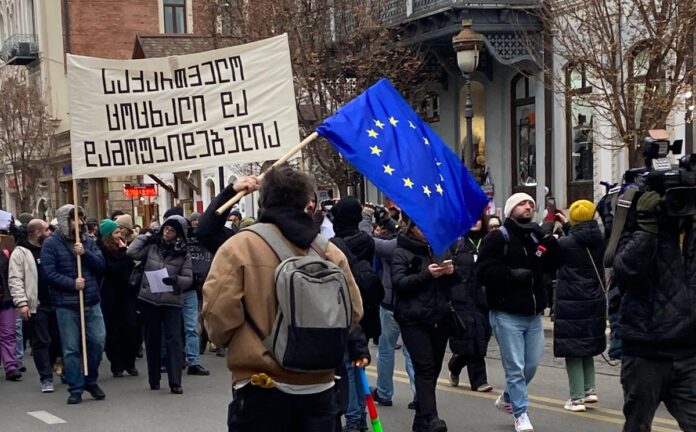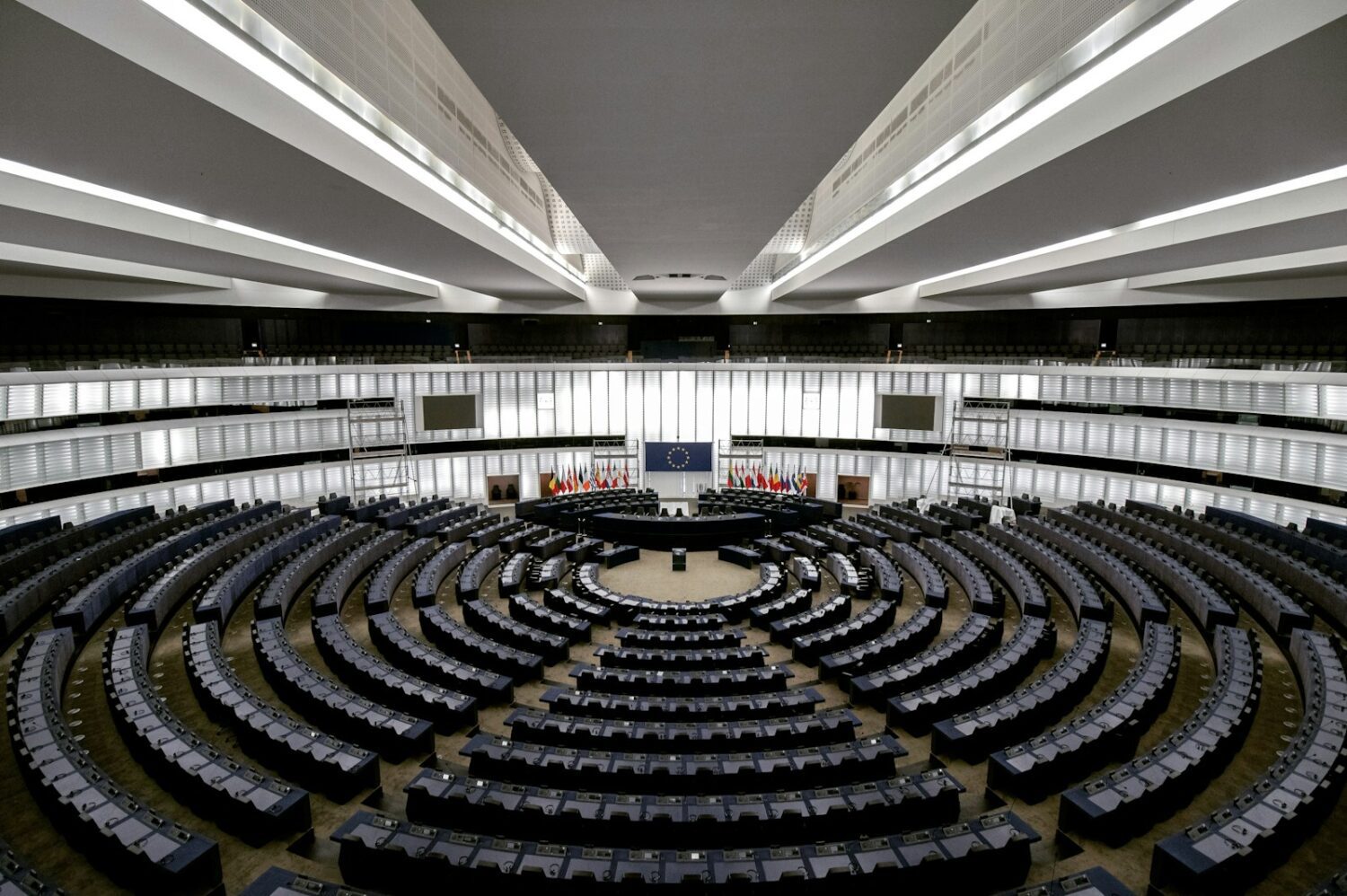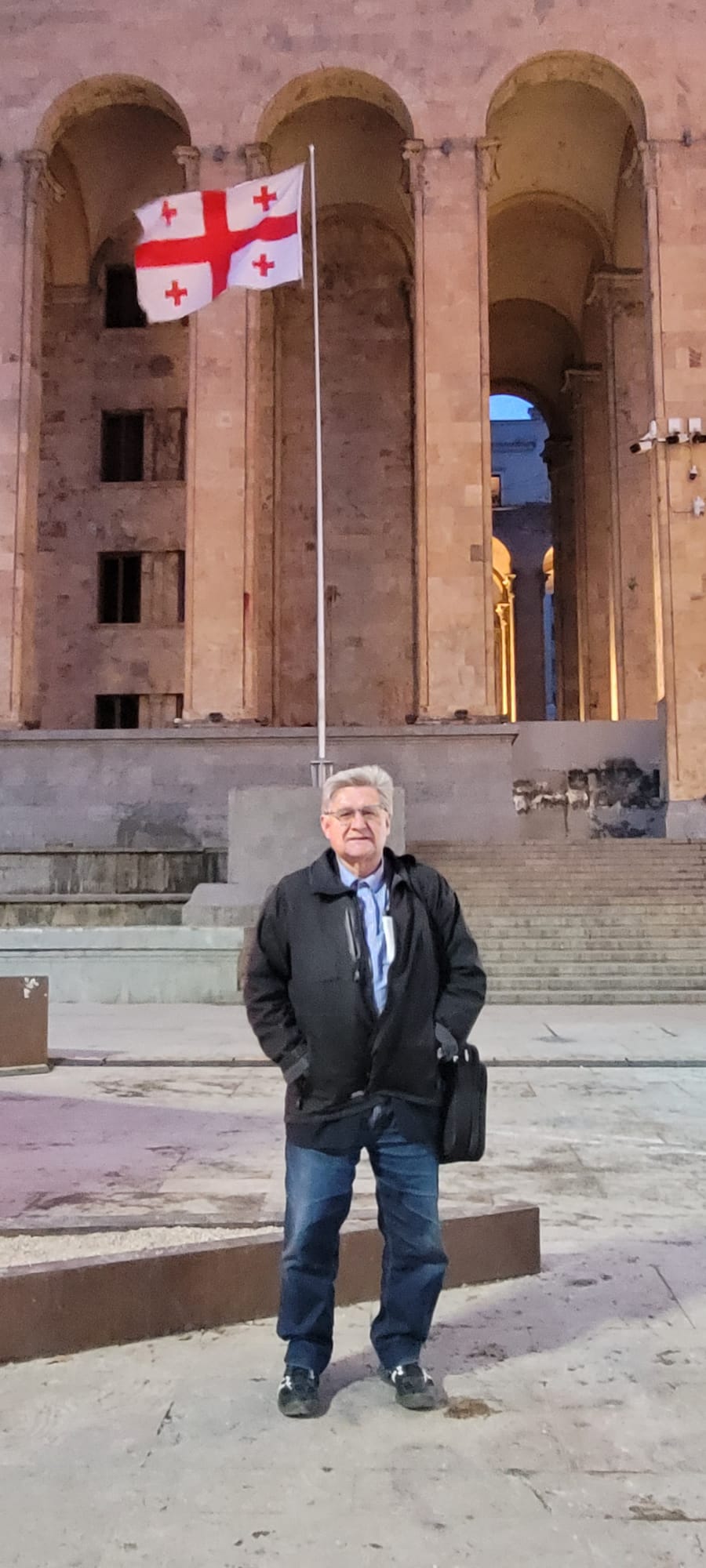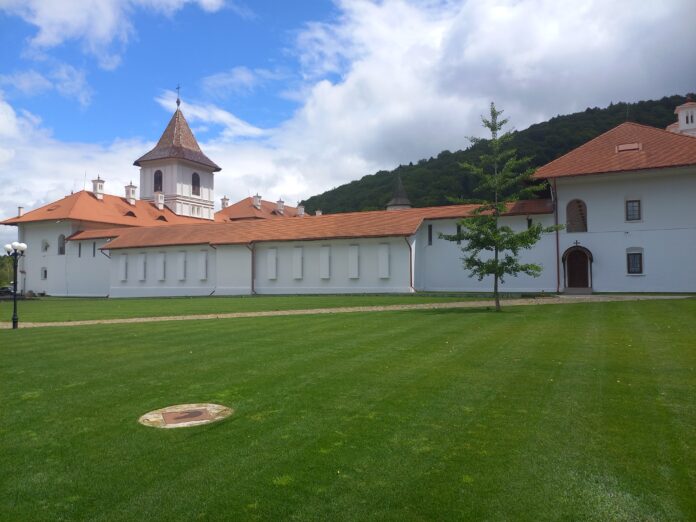As 2024 winds down, the global economy finds itself at a crossroads. While progress in taming inflation and stabilizing growth is evident, it’s hard to ignore the risks looming over our shared economic future. Policymakers, businesses, and investors have reason to breathe a sigh of relief, but complacency is not an option.
A Mixed Bag: Growth, Inflation, and Market Optimism
The International Monetary Fund’s (IMF) projection of 3.2% global growth for both 2024 and 2025 may seem reassuring, but it hides troubling regional disparities. While the United States’ economy remains resilient, growth is expected to slow from 2.8% in 2024 to 2.1% by 2026 (Le Monde). China, grappling with a housing crisis and restrained consumer spending, faces a similar slowdown, with growth forecasted to decline from 4.9% to 4.4% by 2026. In the Eurozone, manufacturing woes and sluggish recovery underline the region’s tepid growth trajectory (Reuters).
Inflation, a long-standing global concern, shows signs of easing. The IMF predicts global inflation will drop to 5.8% in 2024 and further to 4.3% in 2025 (Associated Press). Advanced economies are on track to meet the 2% inflation targets set by central banks. Yet, the scars of high inflation linger, especially in developing nations where rising costs have strained living standards. Additionally, the tools deployed to combat inflation, such as aggressive interest rate hikes, have stifled investments and increased debt burdens.
Optimism in markets presents a double-edged sword. Investors, buoyed by anticipated U.S. interest rate cuts and growth in technology sectors like AI, exhibit high confidence. However, history warns that unchecked bullish sentiment often precedes market corrections (The Australian).
Urgent Risks and the Path Forward
The global economy’s outlook is fraught with risks that demand immediate attention. Chief among these is the resurgence of protectionist policies. The Organisation for Economic Co-operation and Development (OECD) warns that such policies threaten to derail fragile global trade recovery, disrupting supply chains and slowing economic progress (Reuters).
High debt levels compound the problem. The Bank for International Settlements (BIS) highlights growing stress in bond markets, fueled by governments’ reliance on fiscal expansion. The long-term sustainability of sovereign bonds in the U.S., UK, and Eurozone is increasingly in question (The Times).
Geopolitical tensions add another layer of uncertainty. Trade wars, regional conflicts, and shifting alliances have the potential to unravel economic gains and highlight the interconnected fragility of global systems. Policymakers must act multilaterally to address these challenges. Businesses should prioritize sustainability as both a compliance necessity and a growth imperative. Meanwhile, investors need a balanced approach that tempers optimism with realism.
In this evolving landscape, complacency remains the greatest risk. The decisions made today will determine whether the global economy thrives or merely survives. The stakes couldn’t be higher.

















